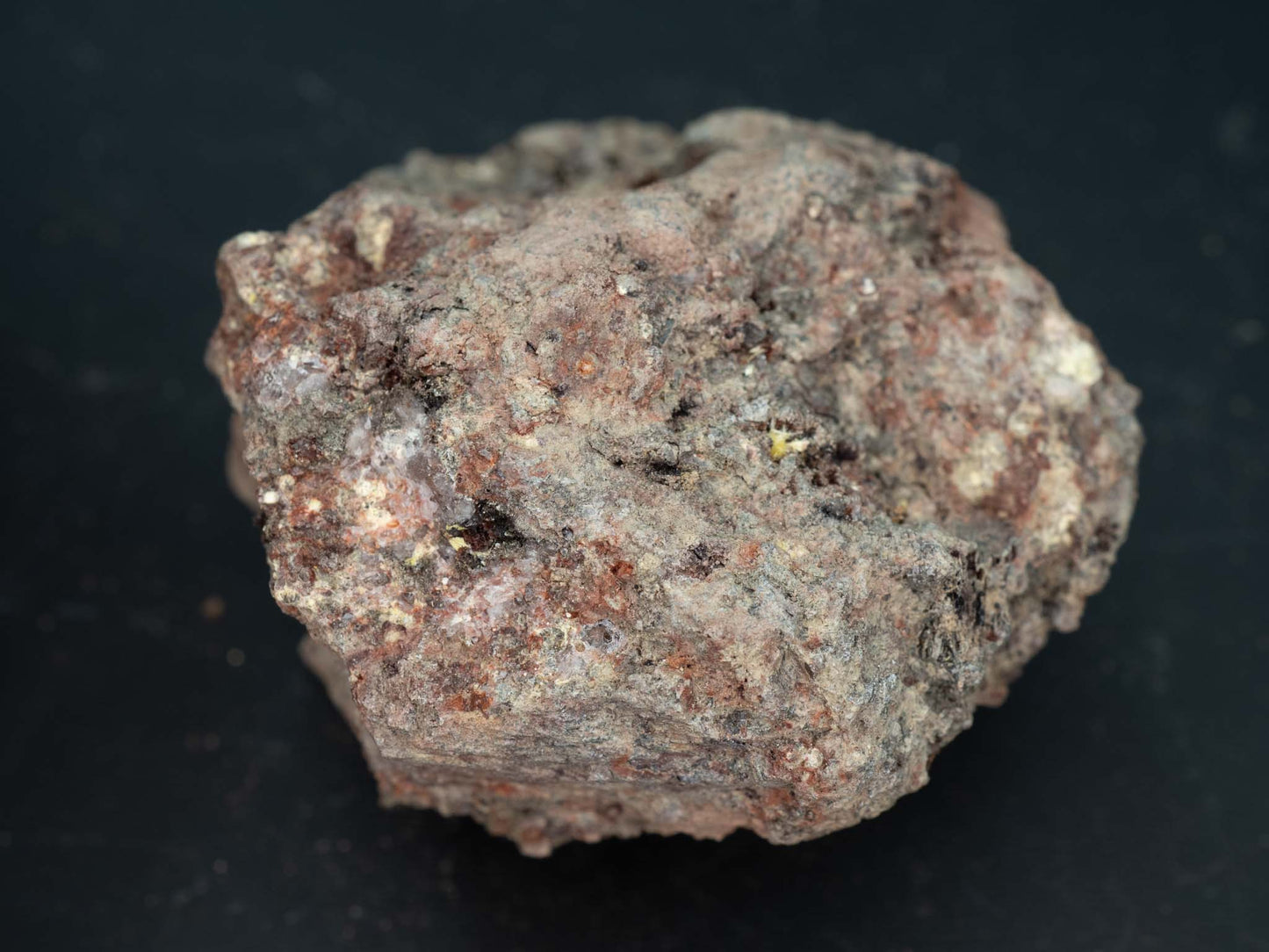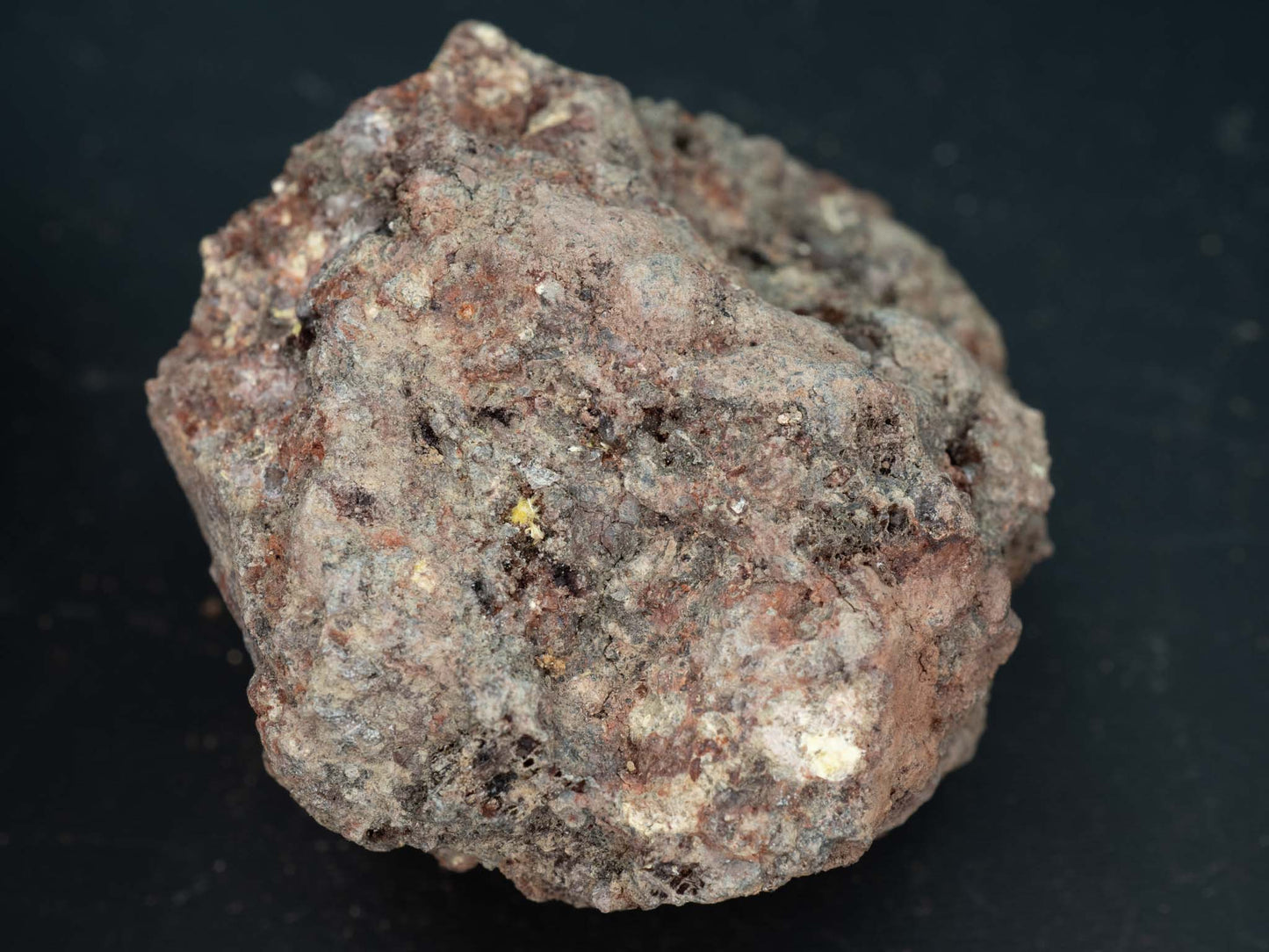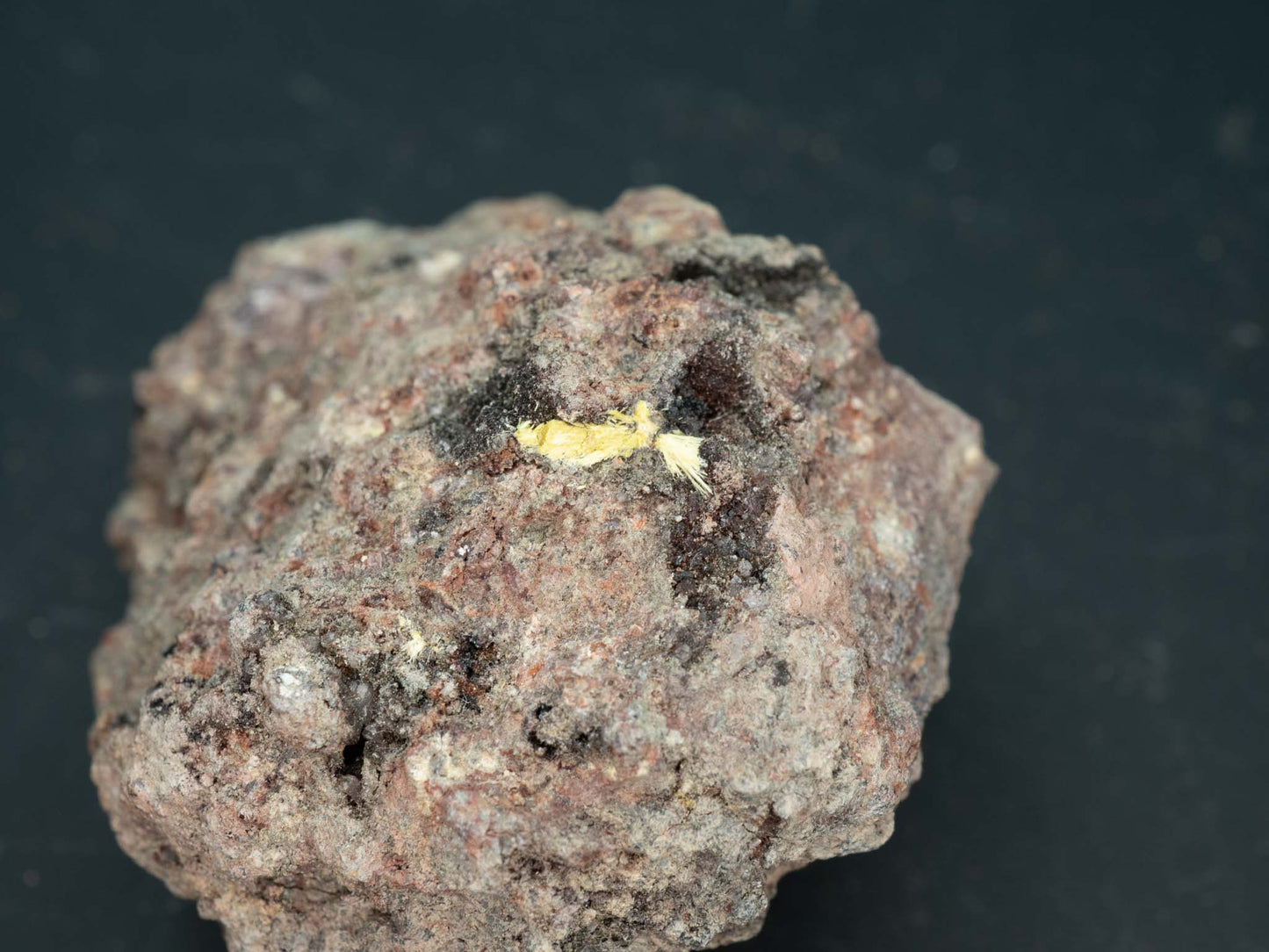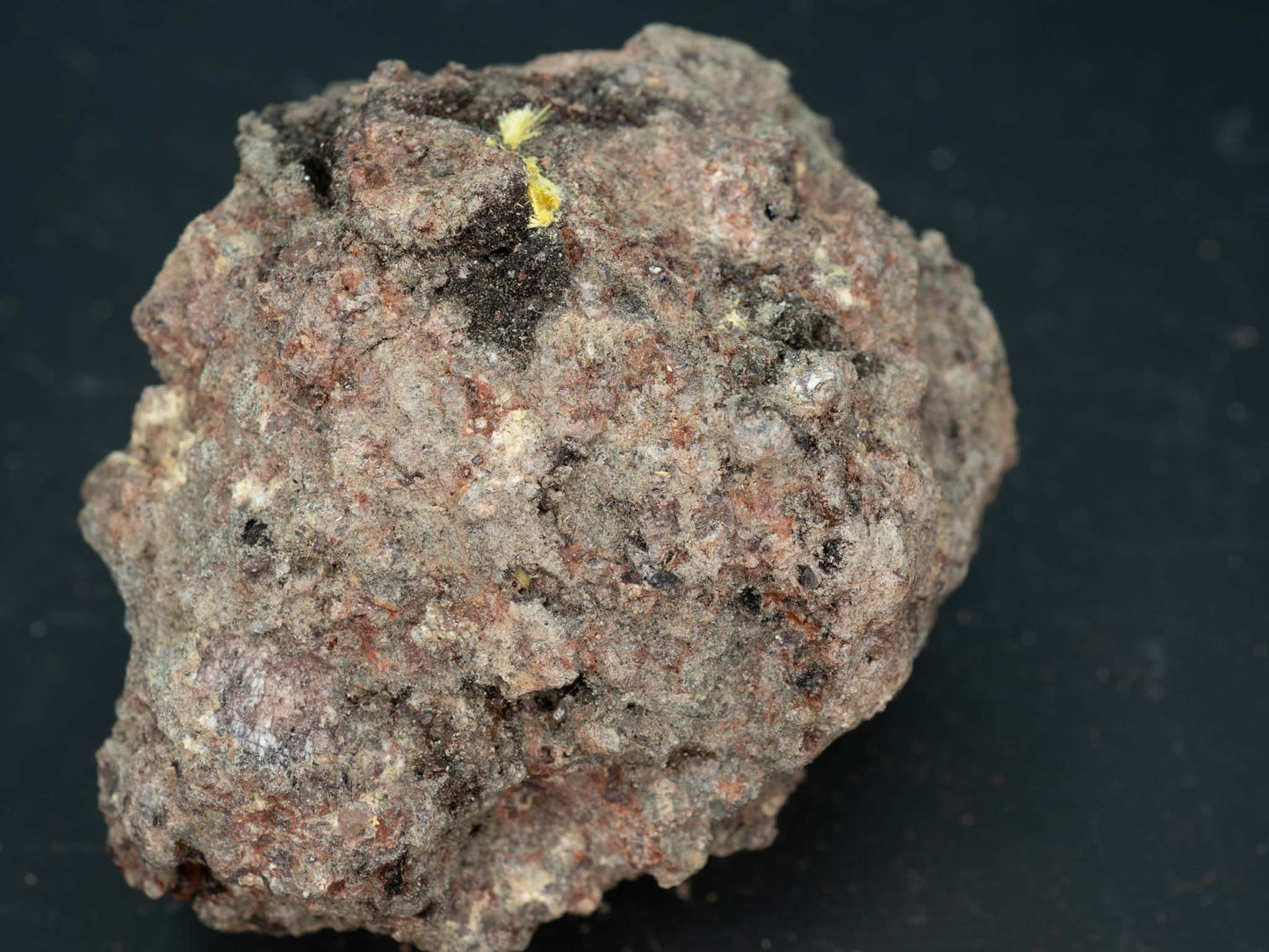Rad Man Minerals
Parauranophane & Uranophane - Madawaska (Faraday) Mine, Faraday Township, Hastings County, Ontario, Canada
Parauranophane & Uranophane - Madawaska (Faraday) Mine, Faraday Township, Hastings County, Ontario, Canada
Regular price
$62.00 USD
Regular price
Sale price
$62.00 USD
Unit price
per
Couldn't load pickup availability
 Ca(UO2)2(SiO3OH)2 · 5H2O
Ca(UO2)2(SiO3OH)2 · 5H2O
Parauranophane and Uranophane: Faraday Mine, Ontario
The Faraday Mine, near Bancroft, Ontario, is a historically significant uranium mining site within the Grenville geological province. This area is well-known for its diverse mineralogy, including the presence of secondary uranium minerals such as uranophane and parauranophane. These minerals are closely related in composition and often occur together in uranium-rich oxidized zones.
Uranophane
- Chemical Formula:
- Crystal System: Monoclinic.
-
Appearance:
- Yellow to greenish-yellow in color.
- Typically forms acicular (needle-like) or fibrous crystals, often in aggregates.
- May display a silky or vitreous luster.
-
Formation:
- Forms in oxidized environments from the alteration of primary uranium minerals such as uraninite.
- Commonly found in association with water-rich zones that allow uranium to dissolve and reprecipitate.
-
Occurrence in Faraday Mine:
- Found as secondary mineralization in the mine's oxidized uranium zones.
- Associated with other secondary uranium minerals and silicates.
Parauranophane
- Chemical Formula:
- Crystal System: Orthorhombic.
-
Appearance:
- Similar in color to uranophane (yellow to greenish-yellow).
- Crystals are typically prismatic or fibrous, resembling uranophane but with slight structural differences.
-
Formation:
- A polymorph of uranophane, meaning it shares the same chemical composition but crystallizes in a different structure.
- Occurs under similar environmental conditions as uranophane but may form in slightly varied geochemical conditions.
-
Occurrence in Faraday Mine:
- Found alongside uranophane in oxidized zones of uranium deposits.
- Typically coexists with other uranium-bearing secondary minerals.
Differences Between Uranophane and Parauranophane
-
Crystal Structure:
- Uranophane: Monoclinic.
- Parauranophane: Orthorhombic.
-
Formation:
- Both form under similar conditions, but their structural differences reflect slight variations in their crystallization environments.
-
Rarity:
- Parauranophane is generally less common than uranophane and can be considered a rarer polymorph.
Faraday Mine Geological Context
- Location: Near Bancroft, Ontario, a region famous for its mineral diversity.
-
Geology:
- The Faraday Mine lies within the Grenville Province, a complex of metamorphic rocks rich in uranium deposits.
- Primary uranium minerals (e.g., uraninite) occur in pegmatites and metamorphic rocks, which undergo oxidation to produce secondary minerals like uranophane and parauranophane.
-
Associated Minerals:
- Other uranium-bearing minerals: Uraninite, autunite, torbernite.
- Silicate and phosphate minerals: Quartz, apatite, fluorite.
Mineralogical Significance
-
Scientific Importance:
- Uranophane and parauranophane help geologists understand uranium mobility and the environmental conditions of uranium oxidation and deposition.
- Their presence in secondary deposits aids in reconstructing the alteration history of primary uranium ores.
-
Collector’s Interest:
- These minerals are highly prized for their bright coloration, crystal habits, and association with historic uranium mining operations like the Faraday Mine.
Approx. specimen size: 45mm x 40mm x 25mm
Approx. specimen activity on an SE International Ranger EXP: 3300 cpm










